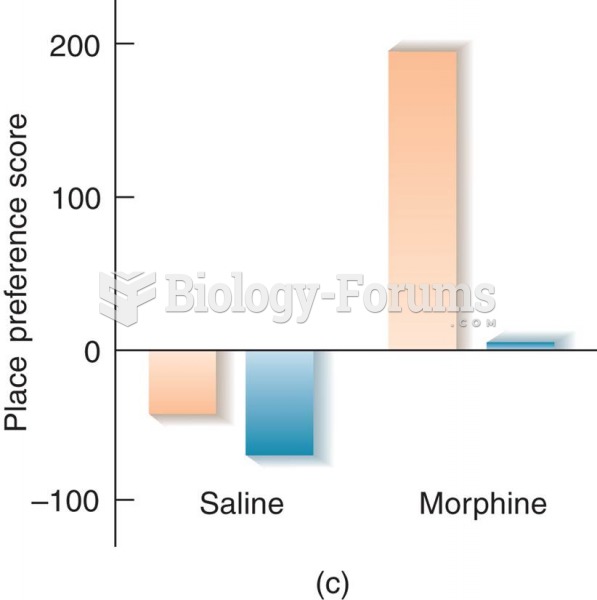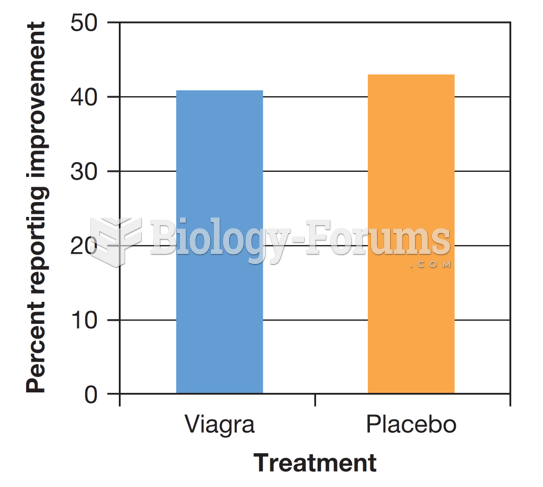Answer to Question 1
Feedback: Tracking (or ability grouping) sorts students into different groups or classes according to their perceived intellectual ability. The decision is based on grades and teachers' judgments but primarily through standardized tests. The result is that children from low-income families and from ethnic minorities are overrepresented in the slow track, whereas children from advantaged backgrounds are disproportionately in the middle and upper tracks. The purpose is to enhance learning by allowing children of similar abilities to work at the same pace. While there are benefits, there are also drawbacks to tracking. There are four principal reasons this system stunts the success of students who are negatively labeled: stigma, self-fulfilling prophesies, beliefs about future payoffs to education, and the creation of negative student subcultures.
Answer to Question 2
Feedback: Public schools receive about 10 of their funds from the federal government, about 45 from the state (depending on the allocation within each state), and 45 from local taxes. Schools are funded unequally, with public schools being more successful in educating children in middle-class communities but often failing children in poor neighborhoods. The top-spending states invest more than twice the amount per pupil than those states spending the least. The tradition of funding public schools primarily through local property taxes is discriminatory because rich school districts can spend more than poor ones on each student and at a lower tax rate. Financing of public education is upside down. The schools and students who need the most help receive the least, whereas those with advantages are advantaged all the more. Further, money spent on schools serving low-income students was more likely used to fund basic repairs, whereas schools in more affluent districts were more likely to add science labs, technology, or other new programs. As President Obama said, For low income students, the schools are made less decrepit; for wealthier students, they are made more enriching.







